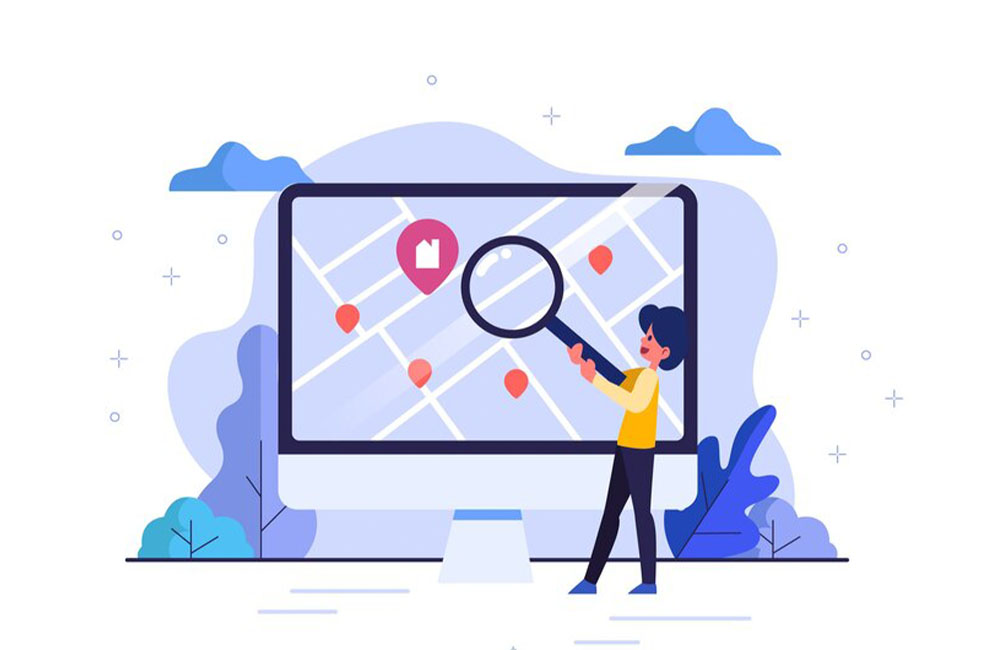In today’s digital age, where consumers are constantly on the move with their smartphones, marketers need to find innovative ways to reach them at the right time and place.
This is where geofencing comes in – a powerful marketing tool that leverages location data to target audiences with laser precision.
Understanding Geofencing
Geofencing essentially creates a virtual fence around a specific geographical area. This area could be anything from a physical store location to an entire neighborhood, competitor’s storefront, or even an event venue. Using GPS, Wi-Fi, or cell tower signals, geofencing technology detects when a mobile device with location services enabled enters or exits the designated zone.
Reaching the Right Audience, at the Right Time
Here’s how geofencing empowers marketers to reach the right audience at the right time:
Proximity Marketing: Imagine a potential customer walking past your store. Geofencing allows you to send them a targeted mobile ad with a special offer, enticing them to walk in.
Retargeting: Have website visitors who abandoned their carts? Set up a geofence around their usual locations and send them a friendly reminder to complete their purchase.
Event Promotion: Promote a concert or sporting event by geofencing the venue and targeting attendees with relevant information or special offers.
Competitive Targeting: Entice customers who frequent your competitor’s stores with special promotions when they enter your geofenced zone.
Benefits of Geofencing for Marketers
Highly Targeted Reach: Geofencing eliminates wasted impressions by focusing marketing efforts on a specific audience within a defined location.
Increased Engagement: Highly relevant, location-based messages are more likely to grab attention and drive engagement compared to generic ads.
Measurable Results: Track key metrics like click-through rates, app downloads, or foot traffic increase to measure the effectiveness of your geofencing campaigns.
Triggers for Further Action: Geofenced triggers can initiate automated emails, SMS messages, or push notifications to further personalize the marketing experience.
Putting Geofencing into Action
To leverage geofencing for your marketing campaigns, consider these steps:
Identify Your Target Audience: Define your ideal customer profile and determine their frequent locations.
Choose Your Geofences: Select the areas you want to target, be it your store location, competitor zones, or event venues.
Craft Compelling Messages: Create targeted ads or notifications that are relevant to the specific location and audience.
Set Up Your Geofencing Campaign: Partner with a marketing platform or mobile app developer to create and manage your geofences and targeted messaging.
Responsible Geofencing Practices
While geofencing offers immense potential, ethical considerations are important:
Transparency: Be upfront about using location data for marketing purposes.
Consent: Obtain user consent for location tracking when necessary.
Data Security: Ensure user data is collected, stored, and used responsibly.
By implementing geofencing responsibly and strategically, marketers can create targeted campaigns that resonate with audiences, driving engagement and ultimately boosting conversions.
